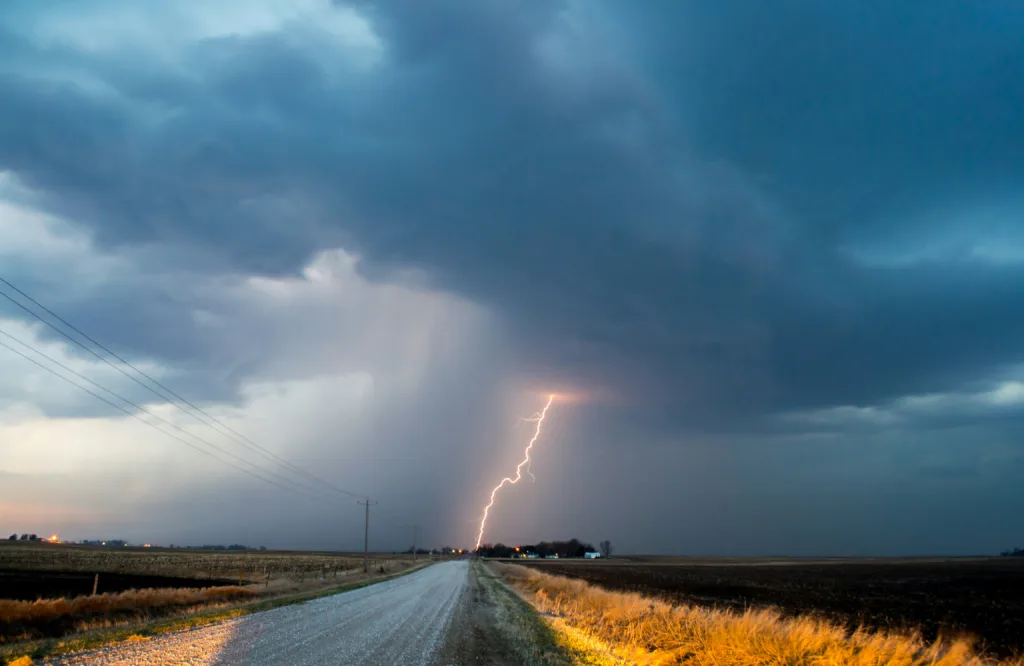Cinco de Mayo: Beyond the Sombreros and Salsa
Introduction:
Cinco de Mayo, often mistakenly labeled as Mexico’s Independence Day, holds a deeper historical significance. Despite its widespread celebration, many aren’t fully aware of the historical events that led to this commemoration.

Photo from: Unsplash
Origins and Historical Significance:
Contrary to popular belief, Cinco de Mayo doesn’t mark Mexico’s independence. Instead, it commemorates the Battle of Puebla, fought on May 5, 1862. At that time, Mexico was in debt to European powers, including France, Britain, and Spain.

Photo from: Unsplash
The Battle of Puebla was a significant moment in Mexican history as it showcased the resilience and bravery of the Mexican army, led by General Ignacio Zaragoza, against the formidable French forces. Despite being outnumbered and outgunned, the Mexican soldiers triumphed, dealing a significant blow to the French army.
Celebrations in Mexico and the United States:
In Mexico, Cinco de Mayo is primarily celebrated in the state of Puebla, where the famous battle took place. It’s marked with military parades, reenactments, and cultural performances that honor the heroes of the battle. However, it’s not a federal holiday in Mexico.

Photo from: Unsplash
In the United States, Cinco de Mayo has evolved into a widely celebrated cultural event, particularly in areas with large Mexican-American populations. Cities across the country host festivals, parades, and street parties featuring Mexican cuisine, music, dance, and art.
Beyond the Festivities:
While Cinco de Mayo is a time for celebration, it’s also an opportunity for reflection on the complexities of Mexican history and identity. It serves as a reminder of the ongoing struggle for independence, sovereignty, and cultural preservation.

Photo from: Unsplash
Conclusion:
Cinco de Mayo is more than just a day for margaritas and parties; it’s a commemoration of resilience, unity, and cultural pride. Understanding its historical roots allows for a deeper appreciation of its significance, both in Mexico and the United States.





